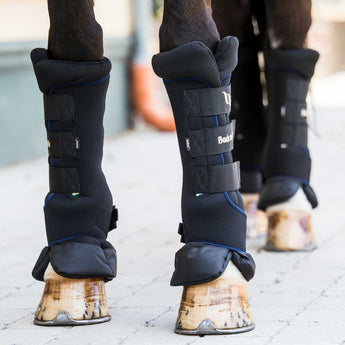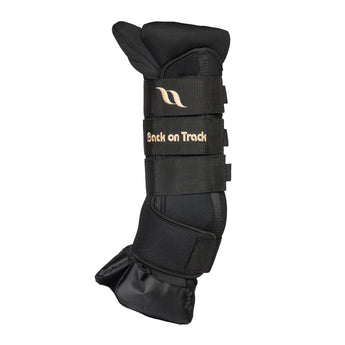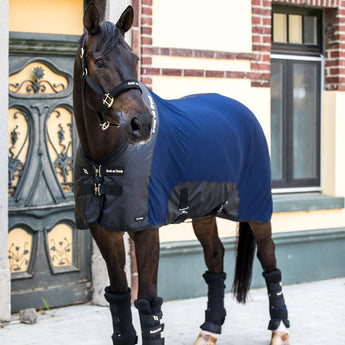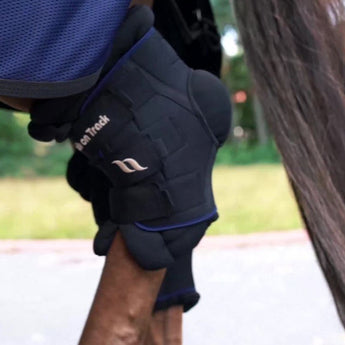HORSES ARE FOR EVERYONE: PART 4
Back on Track Ambassador Lauren Reischer is on a mission to make the equestrian world more accessible for riders of all abilities. But she needs your help.
The small changes that make a big difference aren't always obvious. But if equestrians work together, we can help more riders experience the life-changing benefits of the sport and the horses we all love.
Keep reading to learn more about Lauren's mission and how to support accessibility in equestrian sport in the final part of our four-part series, Horses Are for Everyone.
Need to catch up? Read [part one] and [part two], and [part three].
Building a Pipeline to the Show Ring
Lauren envisions developing a pipeline from therapy programs to the show ring and overcoming the common barriers to entry that prevent equestrians with disabilities from progressing in the sport.
That vision starts with ensuring people with disabilities can access therapeutic riding programs. Finances can be a massive barrier to entry as therapeutic riding is only sometimes covered by insurance.
Support Local Therapeutic Riding Programs
Equestrians can make a difference by donating and volunteering at their local therapeutic riding programs.
Lauren is now on the board of GallopNYC, the therapeutic riding program that changed her life as a child growing up in Manhattan, New York.
"At GallopNYC, almost all riders with us receive some fee waiver, financial aid, or subsidy. More than 80% are from low-income families. We cover as much as we can of the costs for riders to come and have lessons with us. Not every therapy program can afford for it to be free. If you care about making it accessible in your area, donate to local facilities."
While funding is critical, so is finding reliable therapy horses and volunteers. If you have an older equine you think would make a good therapy horse, consider donating him. If you have time and skills to share, consider volunteering or becoming an instructor.
"The biggest limiting factor is the availability of instructors. If you want to become a regular therapeutic riding instructor, you need to become certified by PATH. The process takes about a year. If you envision yourself being involved for many years and making volunteering part of your life, make the investment so you can become PATH certified and support your local facility."
To find therapeutic riding programs in your area, search PATH International's online directory.
The Importance of Continuing Equestrian Education
Horses can have lifelong benefits outside of the therapeutic riding arena. However, people with disabilities can't experience those benefits if riders don't have the support they need to continue their equestrian education after graduating from a therapeutic riding program.
"A therapy program sort of has a natural cap on how far they can take you as a student in the program. I was so fortunate to progress out of that because I had the resources."
Lauren shared that continuing to ride is now essential to every aspect of her life.
"Riding never stopped being therapeutic for me. I'm not going to be someone you see in the gym working out. I'm not going to Pilates. I'm not going to Soul Cycle. But I can't continue to keep up my physical abilities without riding."
Welcome Riders with Disabilities at Training Barns
Local training barns have a responsibility to help riders with disabilities feel welcome and support their ongoing education.
"If you're a trainer, go to a local therapy center and give them your contact info so they can share it with riders who are ready to advance out of the program. It's that simple. If you don't have a horse suitable for that rider, ask the therapeutic riding program if you can give them lessons there on the horse they're comfortable with."
Lauren advises other riders with disabilities not to be scared to pursue their riding goals and to always advocate for themselves.
"Be upfront with your trainer about what your goals are. Have a candid conversation with your trainer, parents, or whoever supports you. It doesn't mean you have to go to a horse show tomorrow. You can plan to hit achievable benchmarks along the way to get to this goal."
New Divisions at Horse Shows
Building a pipeline from therapy centers to training barns will also increase the opportunities for riders with disabilities to participate in competitions.
"There are disabled equestrians in every corner of the country. We may just not know that they're there. They may not have had the opportunity to go to a show."
Lauren believes adding divisions accessible to riders with disabilities at horse shows would help make the sport more inclusive. Beyond existing para-equestrian disciplines, there are limited opportunities available in the industry.
"To my knowledge, the classes don't exist now at horse shows. My hope is we can grow the classes to match the rising abilities of the riders who ride in them."
Accessibility on Horse Show Grounds
In addition to adding more inclusive classes, horse shows can also take steps to improve accessibility for riders with disabilities on the show grounds. One change Lauren advocates for is providing riders with disabilities free access to golf carts.
"Some horse shows offer a shuttle service. While that's appreciated, that limits the rider's independence. If you have exhibitors with disabilities at a show, they shouldn't have to rent a golf cart. That fee should be waived."
Another often overlooked aspect of horse showing that limits accessibility is access to mounting blocks tall enough for riders with disabilities to mount their horses safely.
"I can't get on from a little stool, bucket, or hay bale. Shows often require riders to bring their own mounting block, but having standardized mounting blocks available at rings would be a huge help."
Everyone can help drive change by advocating for accessibility. Contacting local horse show managers and talking to sports officials can help spread awareness and make competitions more accessible. US Equestrian offers resources with more information for coaches and athletes with disabilities.
Learn More About Lauren Reischer
Lauren is already making a big impact on the equestrian world, but her plans for the future are even bigger. Learn what's next for Lauren and learn more about her partnership with Back on Track in her [Back on Track Ambassador Spotlight].
Follow Lauren on Instagram @laurenreischer.
Learn More from Back on Track
Sign up for the Back on Track newsletter to be the first to know when our next blog post goes live.
Follow Back on Track on Facebook and Instagram @backontrackusa for more insight and stories from Lauren and other Back on Track Ambassadors.

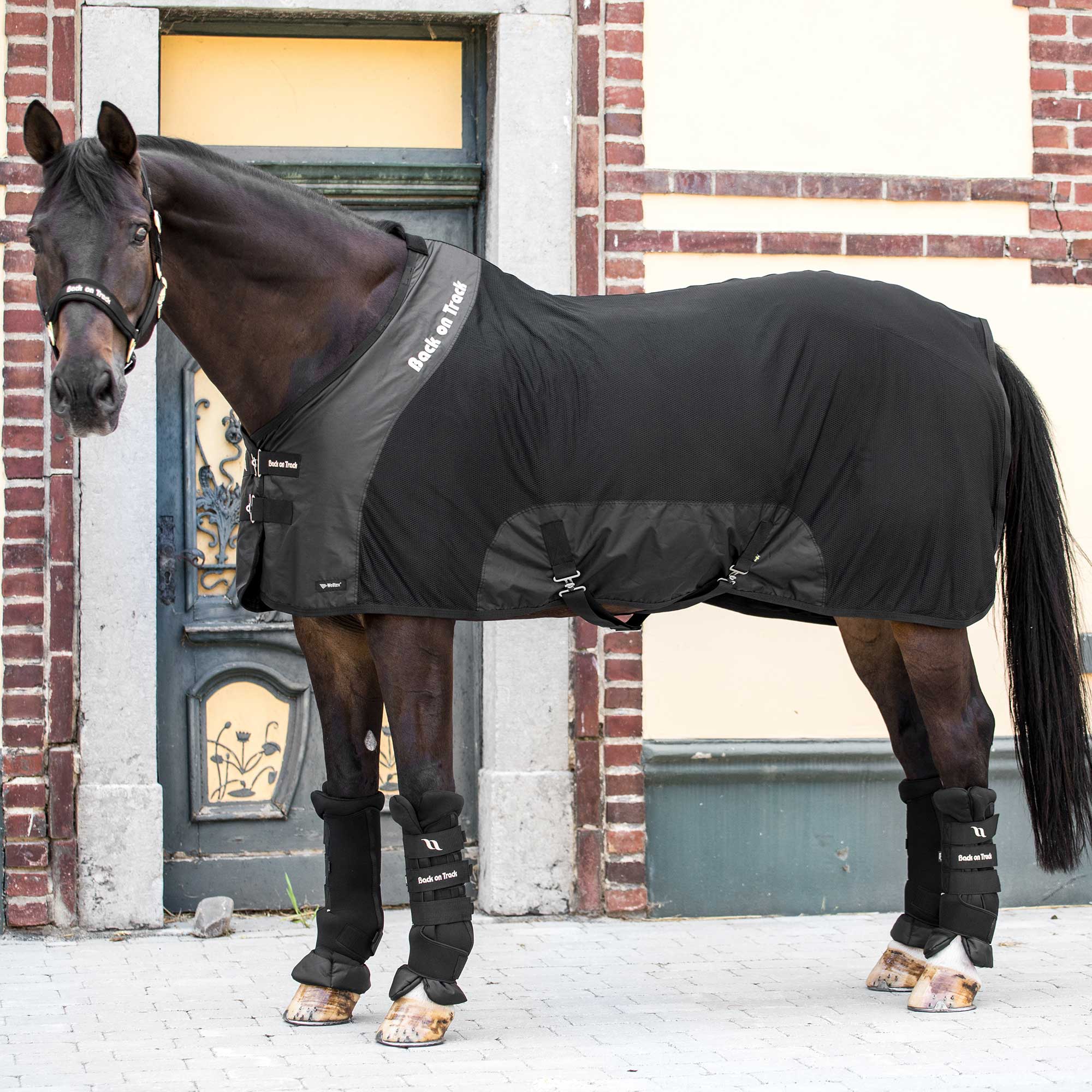

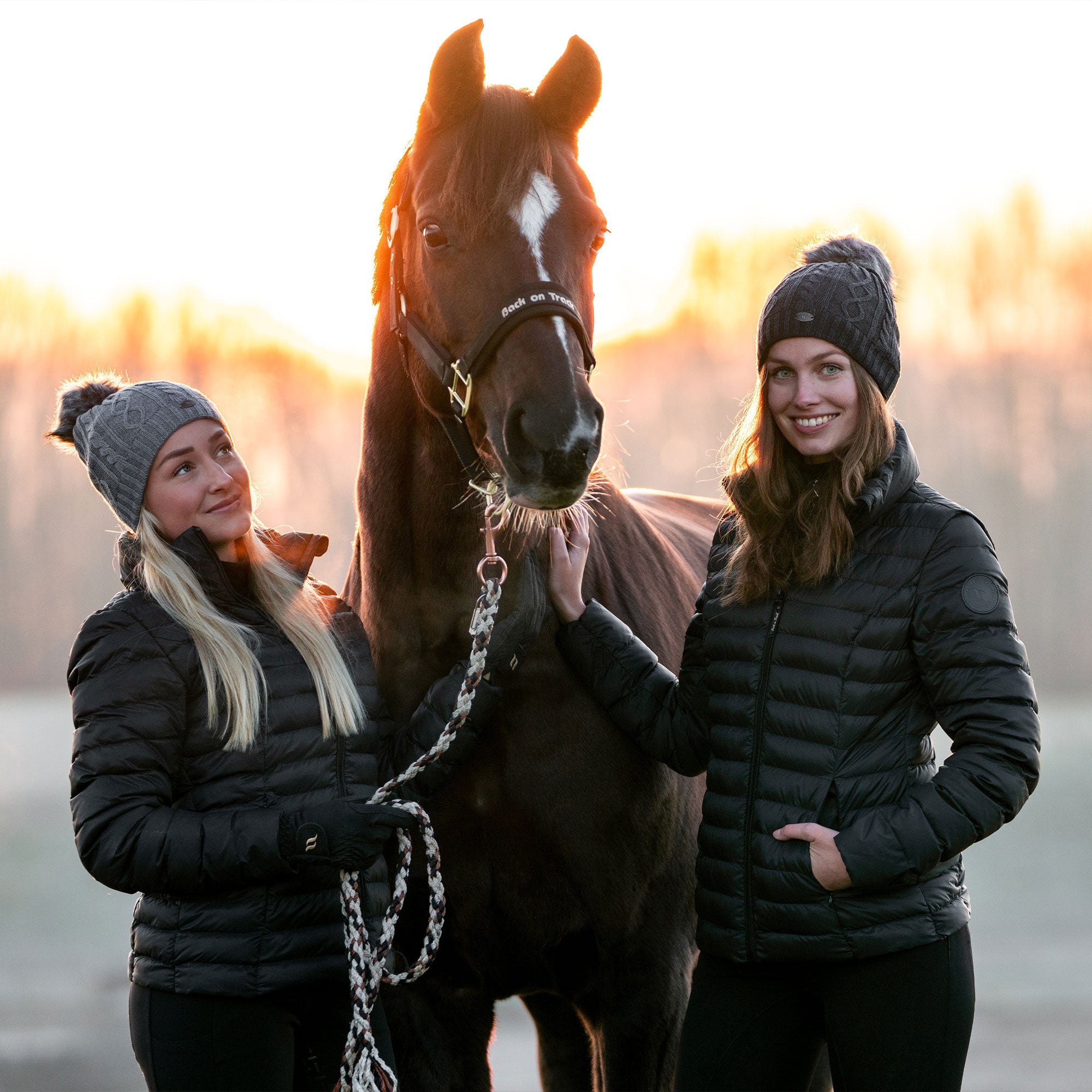
![How Everyone Can Help Improve Accessibility in Equestrian Sport [Part 4]](http://backontrackusa.com/cdn/shop/articles/Tezza-3684.jpg?v=1727362543)
